Classic gear: Epiphone FT 110/Frontier
When Epiphone went to Kalamazoo, a new Frontier beckoned…
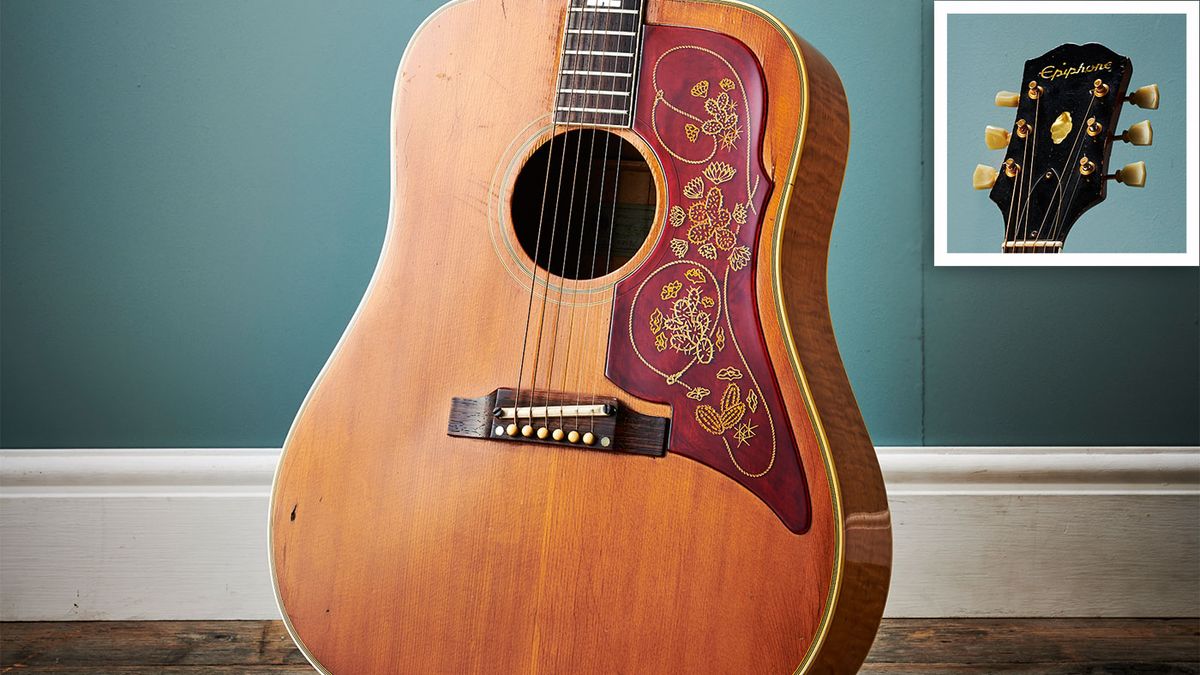
Debuting in Epiphone’s 1942 catalogue priced at $110, the 157/8-inch-wide ‘Jumbo Size’ F.T. 110 supplanted the similarly maple-bodied top-of-the-line F.T. De Luxe (flat-top version of De Luxe archtop model) released earlier in 1939.
Hailed as ‘Truly the Artist’s Choice!’, the F.T. 110 featured a singlebound 20-fret rosewood fingerboard with distinctive slotted-block mother-of-pearl inlays. In 1949, its square-shouldered profile morphed into a rounder design with a ‘tone back’ laminated back and it remained in production throughout the company’s slow decline into the mid-50s.
In early 1958, Ted McCarty suggested a list of several Epiphone-branded guitar models that could be built at Gibson’s Kalamazoo factory
Following the death of company founder, Epaminondas ‘Epi’ Stathopoulo, in 1943, Epiphone found itself increasingly plagued with internal quarrels, labour issues and supply problems with materials, resulting in Epi’s surviving brother and company president, Orphie, telephoning Gibson president Ted McCarty to propose a buyout.
On 10 May 1957, Epiphone’s acquisition (for the sum of $20,000!) was announced by Ted, and in early 1958, he suggested a list of several Epiphone-branded guitar models that could be built at Gibson’s Kalamazoo factory. This included a ‘Flattop Jumbo - Maple Back and Rim… Copy Martin D’naught size, Epiphone head veneer, pickguard and fingerboard…’ and it was soon decided the F.T. 110’s production was to continue, albeit under a new model name: the FT-110 Frontier.
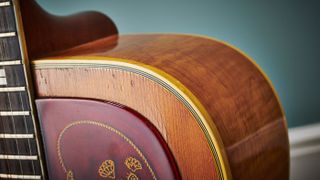
With square shoulders and a solid construction – including a five-ply bound maple back, maple sides and a seven-ply bound spruce top – the Frontier’s body measures 16¼ inches in width and was finished in either Sunburst or Natural.
While utilising Epiphone parts from the previous period of production, existing F.T. 110 V-profile laminated necks (identifiable by an ‘E’ script headstock logo) were used up until 1962 when the Kalamazoo-made one-piece mahogany necks (identifiable by a ‘slashed-C’ script headstock logo) became standard.
Both the older ‘New York’ and the newer Kalamazoo necks have a scale length of 25½ inches and feature a single-bound 20-fret rosewood fingerboard with slotted-block mother-of-pearl inlays.
Get the MusicRadar Newsletter
Want all the hottest music and gear news, reviews, deals, features and more, direct to your inbox? Sign up here.
The 1963 permutation of ‘short headstock with lassos and cacti pickguard’ offers a rare and desirable spec combination
Also in 1962, the Frontier received an adjustable saddle as standard in place of the existing fixed type, and the original teardrop pickguard was replaced by a larger, fancier design depicting a Western-themed scene featuring lassos and cacti.
In 1963, the headstock was lengthened in tandem with the arrival of a black-and-white laminated plastic truss rod cover sporting a ‘slashed-C’ epsilon logo, making the transitory permutation of ‘short headstock with lassos and cacti pickguard’ a rare and desirable spec combination.
By 1965, the Frontier’s original wide nut width had decreased from 111/16 inches to 15/8 inches, and by 1966, it had narrowed to 19/16 inches, giving the guitar a distinctly different feel. Around that time, the earlierstyle teardrop pickguard began to reappear sporadically alongside the ‘lassos and cacti’ scratchplate, until the latter was eventually phased out in the late 60s.
While building Epiphone-branded guitars proved successful (peaking at around 20 per cent of Kalamazoo’s total output of instruments during 1965), by the end of the decade, both Gibson and Epiphone production had declined to a mere fraction of its mid-60s zenith.
Gibson’s ‘golden era’ president, Ted McCarty, had parted ways in 1966, build quality had been increasingly compromised under the weight of demand, and following the acquisition of company owners CMI in 1969 by ECL (renamed Norlin in 1970), FT-110 Frontier production ceased at the turn of the 70s.
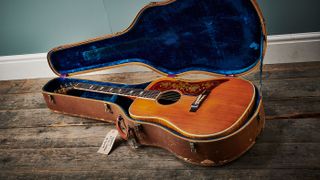
1963 Epiphone FT-110N Frontier
1. Serial number
Six digits ink-stamped onto blue rectangular soundhole label corresponding with six digits impressed into rear of headstock (label also reads ‘Style FT-100N’ and ‘Epiphone Frontier’)
2. Headstock
Short/non-elongated profile; black painted holly veneer with nitrocellulose clearcoat; ‘slashed-C’ script logo mother-of-pearl inlay; oval design mother-of-pearl inlay
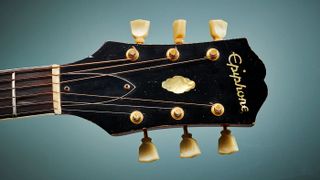
3. Plastics
Transparent celluloid pickguard with lassosand- cacti design; black/white laminated pointed/arched truss rod cover; six white bridge pins
4. Hardware
Gold-plated single-line Kluson Deluxe tuners with plastic keystone buttons; rosewood bridge with white ceramic adjustable saddle

5. Body
Square shoulders; 16¼ inches wide; 4 7/8 inches deep; Sitka spruce top with seven-ply alternating (black/white) binding; soundhole inlays of seven alternating (black/white) rings surrounded by three (white/black/white) rings; curly maple back with five-ply alternating (black/white) binding; curly maple sides; Natural finish (hence ‘N’ in model name)
6. Neck
25½-inch scale length; one-piece mahogany with 14th fret body join; single-bound 20-fret rosewood fingerboard with slotted-block mother-of-pearl inlays; Natural finish
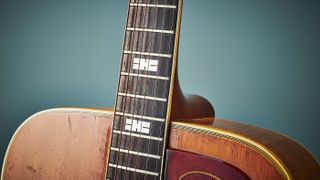
The evolution of the Epiphone F.T. 110/Frontier
- 1939 16½” wide F.T. De Luxe top of F.T. (flat-top) range; maple back & sides
- 1942 ‘Jumbo Size’ F.T. 110 top of F.T. range; square shoulders; maple back & sides
- 1949 Rounded shoulders; ‘tone back’ laminated maple arched back
- 1954 Width increases from 15 7/8” to 16”
- 1958 Kalamazoo FT-110/N Frontiers; 16¼” wide; square shoulders; laminated neck; fixed saddle
- 1962 One-piece mahogany neck; adjustable saddle; ‘lassos and cacti’ large celluloid pickguard
- 1963 Elongated headstocks with epsilon logo truss rod cover
- 1965 111/16” nut width decreases to 15/8”
- 1966 19/16” nut width now standard
- 1970 Discontinued following Gibson/CMI 1969 ECL/Norlin acquisition
Rod Brakes is a music journalist with an expertise in guitars. Having spent many years at the coalface as a guitar dealer and tech, Rod's more recent work as a writer covering artists, industry pros and gear includes contributions for leading publications and websites such as Guitarist, Total Guitar, Guitar World, Guitar Player and MusicRadar in addition to specialist music books, blogs and social media. He is also a lifelong musician.
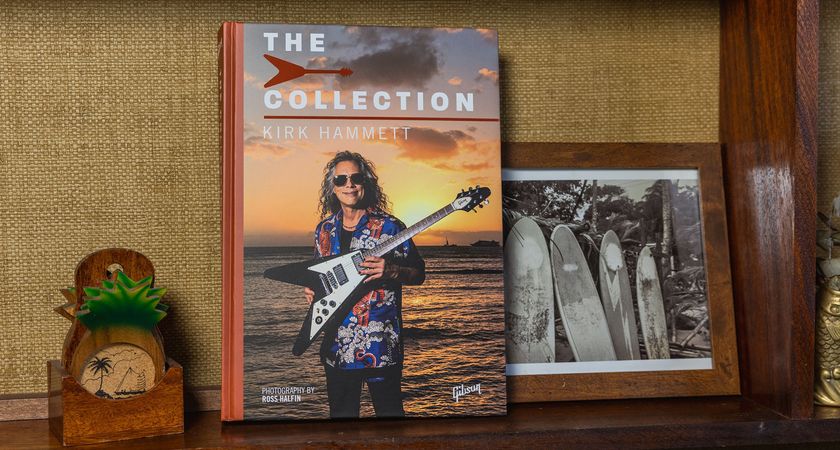
“The deepest-ever dive into the Metallica star’s eclectic guitar collection”: Kirk Hammett and Gibson Publishing team up for epic coffee-table book
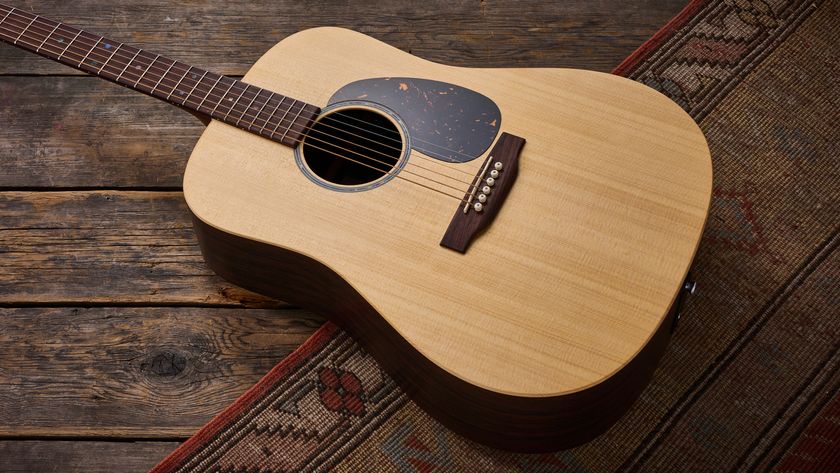
“While it might not be the vintage D-28 of your dreams, this is a Martin you can be proud of”: Martin X Series Remastered D-X2E Brazilian review












